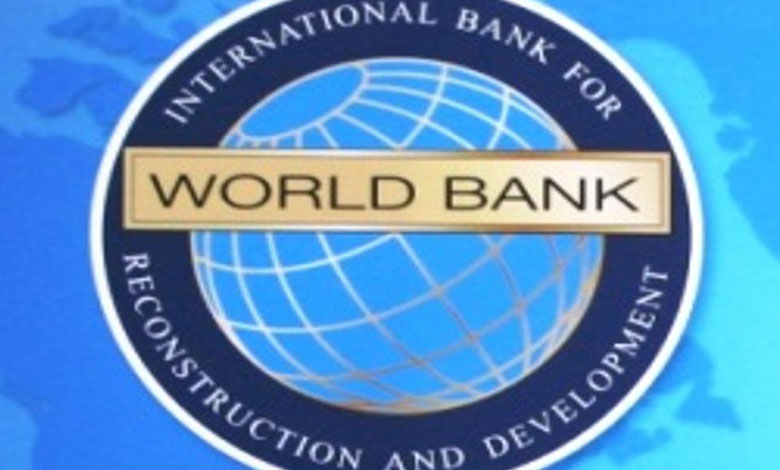World Bank Projects Shrinking Fiscal Deficit for India Amid Rising Tax Revenues and Economic Growth
"Discover how India's fiscal deficit is set to shrink, driven by rising tax revenues and robust economic growth. Learn about GDP forecasts, investment trends, and inflation moderation contributing to India's fiscal resilience."

New Delhi: The World Bank has projected a continued reduction in India’s fiscal deficit, driven by robust growth in tax revenues.
This development aligns with the government’s fiscal consolidation efforts, ensuring a more resilient economic trajectory for the nation.
Table of Contents
India’s Improving Fiscal Position
According to the World Bank report, India’s fiscal deficit is expected to shrink further, distinguishing it from other South Asian countries.
While the region grapples with tight fiscal conditions, India’s position has strengthened due to its impressive tax revenue growth. Conversely, fiscal deficits in countries like Pakistan and Bangladesh remain stable, constrained by higher interest payments and infrastructure investments.
The report also highlights India’s inflation rate stabilizing within target ranges, thanks to steady exchange rates and prudent monetary policies. Inflation moderation is expected to bolster purchasing power and economic stability in the coming years.
Fastest-Growing Major Economy
India is set to maintain its status as the fastest-growing economy among the world’s largest economies. The World Bank predicts a GDP growth rate of 6.7% for FY2025-26 and FY2026-27, propelled by:
- Growth in the services sector
- Strengthened manufacturing activity driven by infrastructure advancements and simplified tax regimes.
Private consumption is also expected to rise, supported by:
- An improved labor market.
- Increased access to credit.
- Easing inflation.
Government consumption growth, however, is likely to remain moderate, reflecting fiscal prudence.
Robust Tax Revenue Growth
India’s tax collection surge is a pivotal driver behind fiscal improvements.
- Net direct tax collections (including corporate tax and personal income tax) rose by 15.4%, reaching ₹12.1 lakh crore from April 1 to November 10, as per the Central Board of Direct Taxes (CBDT).
- GST collections also witnessed substantial growth, reflecting heightened economic activity.
This revenue growth provides the government with more funds to:
- Invest in large-scale infrastructure projects.
- Implement welfare schemes aimed at improving living standards for underprivileged communities.
Fiscal Deficit Target and Impacts
The Indian government has set an ambitious target to reduce the fiscal deficit to 4.9% of GDP in FY2024-25, down from 5.6% in FY2023-24.
Benefits of Lower Fiscal Deficit
- Reduced Borrowing: A lower fiscal deficit reduces the government’s reliance on borrowing, freeing up funds in the banking system for businesses to access capital.
- Economic Growth: Increased investment by businesses, supported by lower borrowing costs, contributes to higher GDP growth and job creation.
- Inflation Control: A reduced fiscal deficit helps maintain stable inflation, ensuring steady economic growth with minimal volatility.
Also Read | CII Forecasts 7% GDP Growth for India in FY26, Driven by Private Investments and Employment Growth
Strengthened Economic Fundamentals
India’s strong fiscal discipline and policy measures are fortifying its economic fundamentals. Key factors contributing to this include:
- Private investment growth driven by healthy corporate balance sheets and improved financing conditions.
- Strategic public investments focused on logistics infrastructure and tax reforms.
- Moderate inflation, creating a favorable environment for consumption and investment.
